Eavestroughs, or rain gutters, divert water away from your property’s foundation. Several types of eavestrough systems exist, each with advantages and disadvantages. They have different shapes and sizes and can be made from different materials, typically white aluminum or vinyl.
Eavestroughs catch rainwater, with downspouts in the design bringing water down and away from the property, controlling the direction and deposit of the rainwater.
Here are the types of eavestrough you will most likely encounter when shopping for a new installation or replacement.
What Is an Eavestrough?
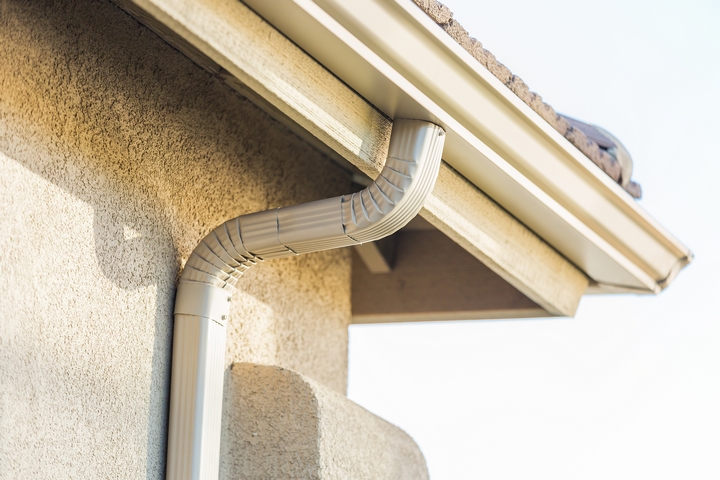
Before beginning with the types of eavestroughs, it’s important to know how they are designed and their many components.
Downspout
The component known as the downspout plays a vital role by running vertically down the home’s exterior, effectively channeling water to the ground. At the bottom of this downspout, you will find an angled piece called the downspout elbow, which helps direct the flow of water away from your foundation.
Pipes
Securing the downspout in place against your house are pipe cleats, whose job is to ensure stability and prevent movement that could lead to damage. On the other end, end caps are used to seal off the gutter length at its terminating points, thus preventing leaks and providing a clean finish.
Hangers & Ferrules
Hangers are the metal strips that support the eavestrough from below and prevent any sagging. And finally, a ferrule, which is essentially a hollow shaft, encloses the long screw that firmly attaches the gutter to your home’s exterior. This entire assembly works cohesively to protect your home from water damage by efficiently managing rainwater.
Eavestrough Parts
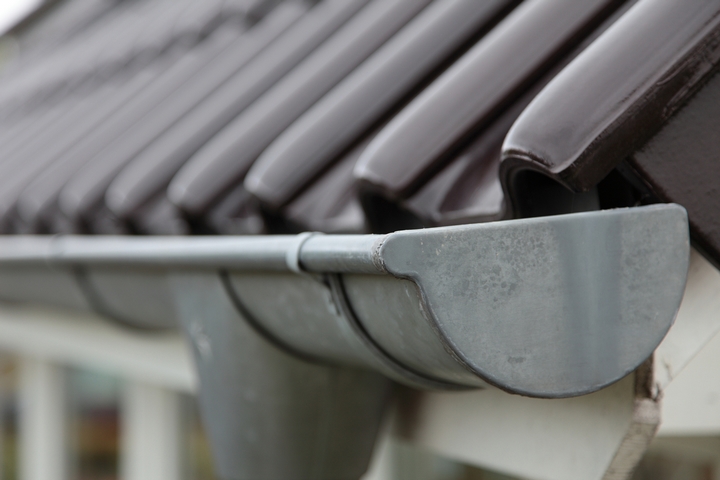
After you know what material you’re using for an eavestrough and the type of design, you also have the option to configure your gutter with some accessories. Each of these is fairly common and provides advantages to help the overall performance of your eavestrough system.
Downspout brackets
Downspout brackets can help secure the downspout to the house, perfect for a home in an area prone to a lot of wind.
Gutter guards and filters
Gutter guards and filters have a mesh screen that blocks leaves and other trash from clogging up your eavestrough.
If clogs occur and debris accumulates, you also have gutter cleaning tools to help release it and ensure your eavestrough functions as intended.
Rain chains
Rain chains can be installed to lead water directly to the ground, which is recommended for homes with deep overhangs.
Conductor heads
Lastly, conductor heads will give downspouts more time to drain during extra heavy storms, saving the ground underneath from becoming overwhelmed with water.
Eavestrough Materials
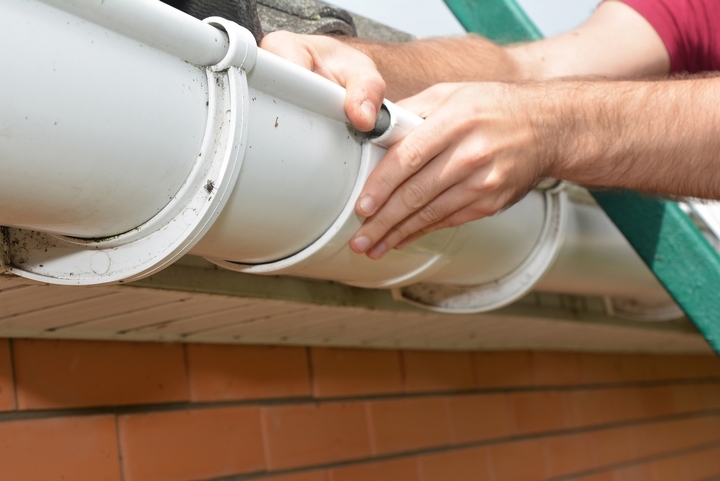
Different materials are used to create eavestroughs, including:
Aluminum
Aluminum eavestroughs are affordably priced, rustproof, and lightweight.
Vinyl
Vinyl eavestroughs are also fairly budget-friendly, come in several colours, and are another common choice.
Copper
Copper eavestroughs work well on historic restorations and luxury dwellings. Copper requires welding, however, to complete the installation.
Zinc
Zinc is very durable and lasts longer than aluminum. Like copper, zinc has to be welded. The disadvantage to zinc is that it does not hold up well to salt air.
Steel
Steel is very strong and long-lasting. They also vary in quality from rust-resistant galvanized steel to stainless steel. The disadvantage to steel is that these eavestroughs are heavy, difficult to install, and require ongoing maintenance to battle back against rust.
Eavestrough Types
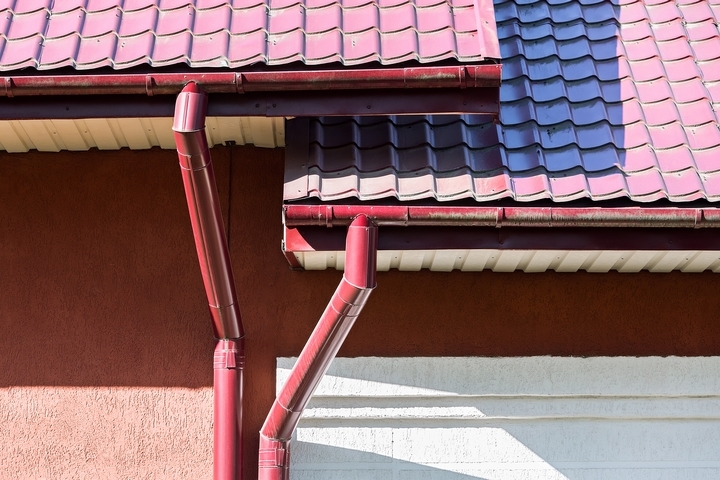
The right type of eavestrough for your property will depend on several factors. Still, you ultimately want an eavestrough to have the capacity to handle the full amount of rain you receive. They should fit easily into the architectural design style and be made from a material that is most appropriate for you.
Half-Round Eavestrough
Half-round gutters are lightweight, easy to clean, and simple to install. They feature a semicircular trough with a curved lip. Half-round gutters are often chosen for older homes, as they suit the aesthetic. They work best with round downspouts.
More historic homes and areas typically opt for half-round eavestroughs, measured in the average 5-6 inches wide range.
K-Style Eavestrough
A K-style gutter is the same width as a half-round but can handle twice as much water, though it is harder to maintain and install. K-style gutters do not look like a ‘K.’ The front of the gutter is curved.
Most homes utilize this style of eavestrough in a standard 5-inch size. Most K-style eavestroughs are installed with rectangular downspouts.
Seamed and Seamless Eavestrough
There are also seamed and seamless designs with eavestroughs. Seamed is when there are pieces that are joined together. They are easier to install; however, they are more prone to leaks.
Comparatively, seamless is custom-made on-site by the installer and is either a single piece or with very few seams. Seamless eavestroughs are most commonly made in aluminum, as this material is easy to work with.
Eavestrough Size
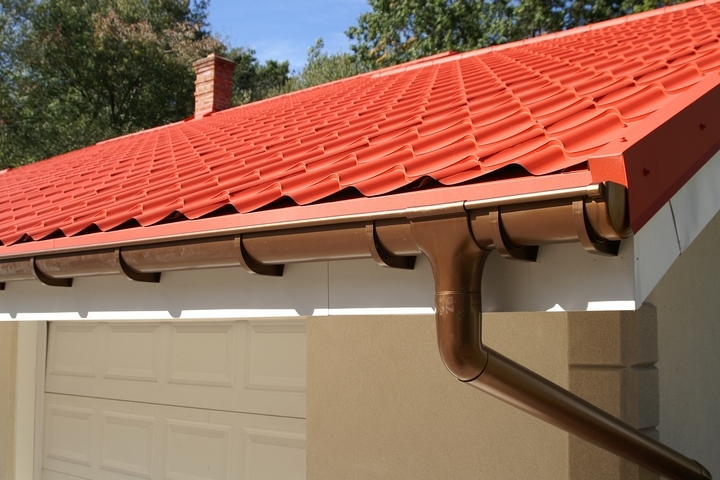
Eavestroughs vary by size, though most fall in the 3-6 inches width range. The larger the eavestrough downspout, the more water that will drain and the faster it will perform. It’s too large, though, and it can look unattractive.
The shape of the downspout, though mostly rectangular, can also be round or square. A professional installer can calculate the best size for your home easily.




